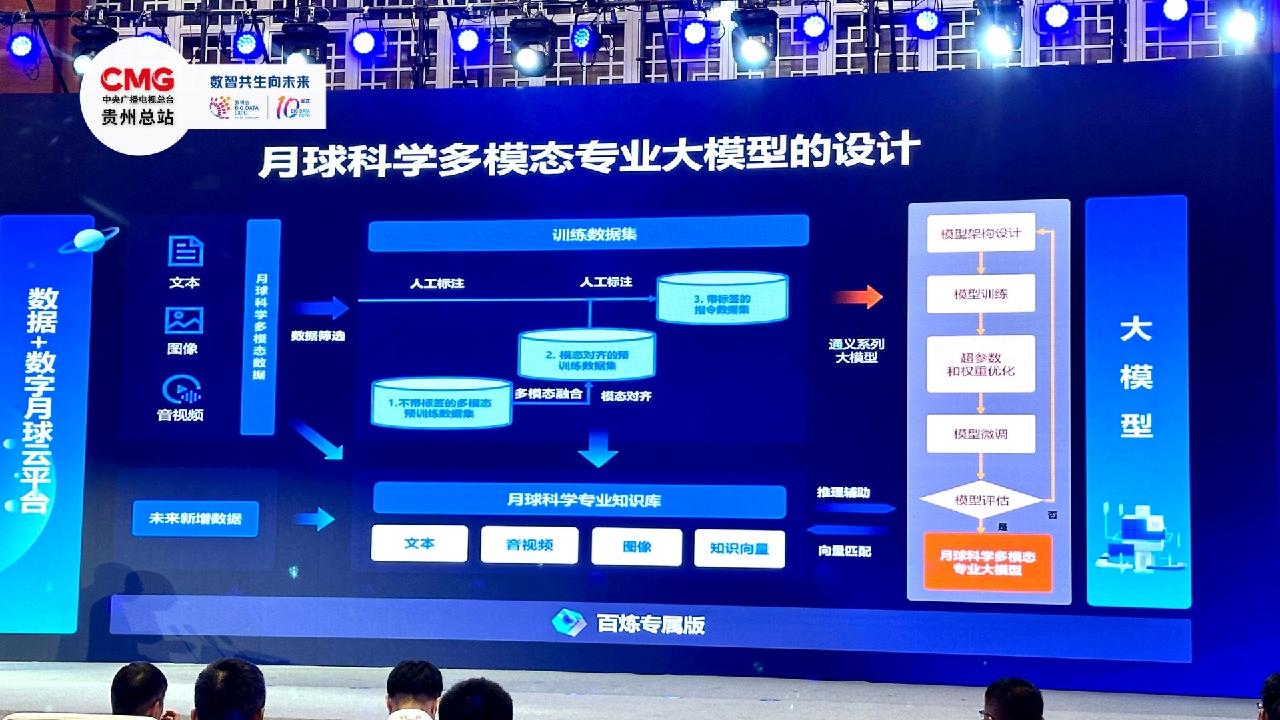Chinese researchers reveal inaugural AI model dedicated to moon exploration
China has unveiled the world's first professional multimodal large language model (LLM) specifically for lunar science. This groundbreaking model aims to greatly enhance the speed at which extensive lunar data is processed.

The unveiling took place at the China International Big Data Industry Expo in Guiyang, the capital of Guizhou Province, through a collaboration between the Institute of Geochemistry of the Chinese Academy of Sciences and the Alibaba Cloud Intelligence Group.
The Institute of Geochemistry has developed a comprehensive "digital moon" platform that boasts the most extensive database related to lunar exploration.
This LLM functions as a "smart brain" for the digital moon. Ku Wei, vice president of the Alibaba Cloud Intelligence Group, explained that the model can identify lunar craters and memorize their characteristics such as size, depth, and shape, providing crucial information for researchers studying the moon's geological evolution.
Researchers have identified over 1 million lunar craters that exceed 1 kilometer in diameter, in addition to countless smaller ones, as pointed out by Liu Jianzhong, a researcher at the Institute of Geochemistry. Liu emphasized that manually identifying all these craters would be an impossible task.
With the new tool, researchers simply need to upload an image of a lunar crater for the LLM to analyze its shape, size, and age.
"The accuracy rate is more than 80 percent, exceeding our expectations," Liu stated.
Experts believe that advancements in planetary science hinge on two main factors: the evolution of deep space exploration technology and the capabilities in data processing and application.
According to scientists, big data-driven research is transforming the trajectory of human science and technology development. The intelligence of the digital moon is expected to advance China's lunar and planetary scientific research and innovation significantly.
Liu remarked, "The LLM is like a child with a very high IQ. We train and teach the child professional things. I personally believe that this child's intelligence may have reached the university sophomore level. We will let it continue to grow and help us solve more scientific problems."
Debra A Smith contributed to this report for TROIB News
Discover more Science and Technology news updates in TROIB Sci-Tech












